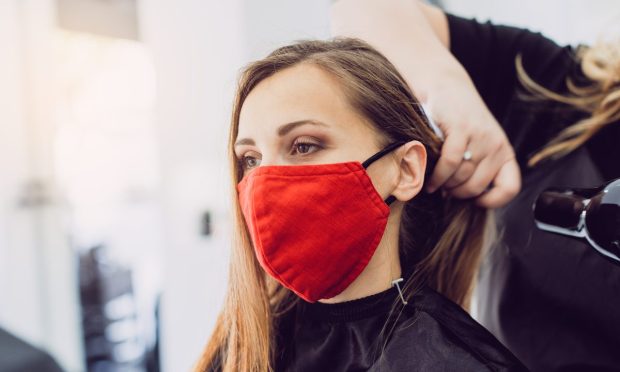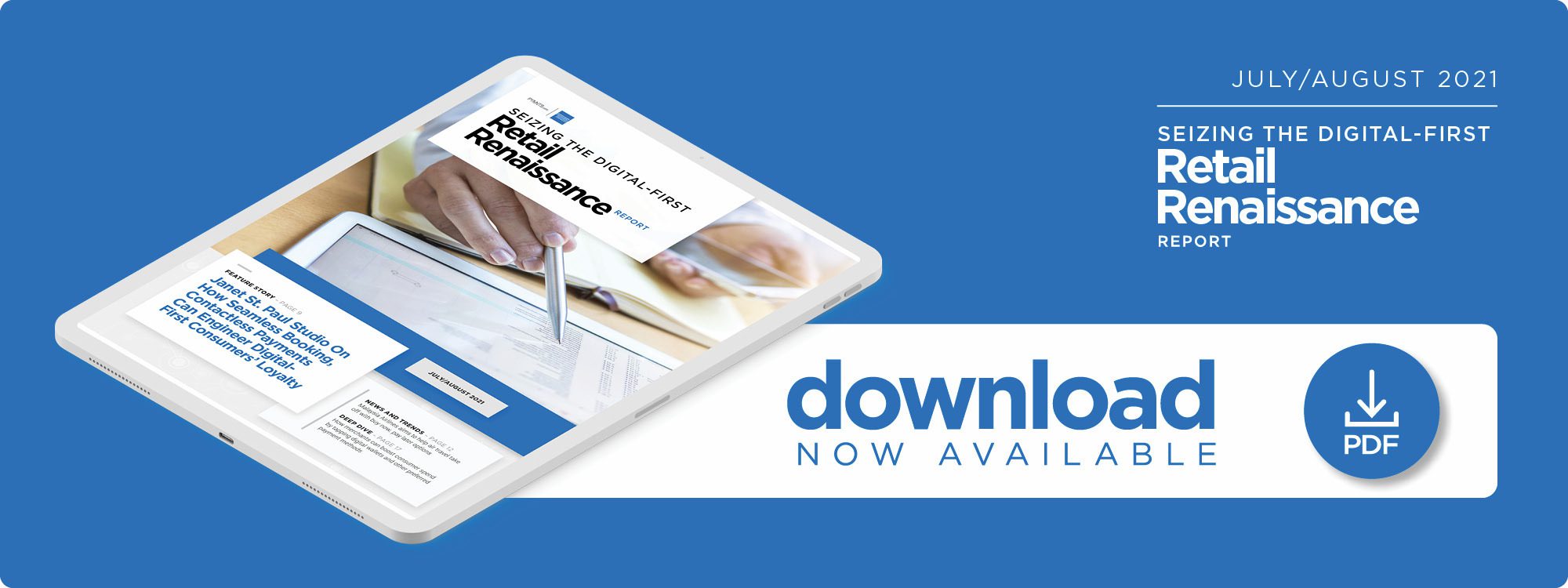Janet St. Paul Studio On How Seamless Booking, Contactless Payments Can Engineer Digital-First Consumers’ Loyalty

The events of the past year fundamentally changed the way consumers visit salons or similar businesses.
Thirty percent of the industry shut its doors nationwide due to the pandemic’s impacts, according to Janet St. Paul, owner of Austin, Texas-based hair salon Janet St. Paul Studio. Consumers are scheduling hair and beauty maintenance less frequently because of these closures as well as financial worries, so every part of the customer journey, from booking to payment, must be seamless for the continued success of salons. St. Paul implemented digital booking solutions and contactless payment tools to ease any potential friction points.
“The minute the pandemic hit, we were scrambling really hard to get all of our retail online immediately,” St. Paul said in an interview with PYMNTS. “That was one big change, [and] then [we had to] get a shopping mode up online as well, so we use Shopify, and that made a huge difference. … The other thing that we love is being able to store credit cards in our [salon] software and then also [supporting] contactless checkout.”
Enabling consumers to pay with tools such as mobile wallets or tap-and-pay cards is essential for salons or other beauty and wellness businesses as they look to meet consumers’ changing retail expectations.
Engaging Digital-First Beauty Customers
A significant number of retailers in other industries have adapted to consumers’ newfound preferences for digital experiences by moving away from brick-and-mortar entirely — an approach that does not work for the hair and beauty industry. Hair appointments need to take place in person, and the pandemic has only enhanced consumers’ desire for the personalization and pampering that goes along with beauty experiences, St. Paul explained. Hair salons must work to match consumers’ desires for comfort and convenience with the finicky parts of the experience, such as finding the right time to book appointments or paying for a service.
The studio therefore offers online booking through third-party salon software Rosy, which allows it to keep customers’ cards on file and to make contactless payments via mobile wallets or apps such as Apple Pay once their appointments are complete. The convenience this brings to the experience is key to keeping digital-first consumers satisfied, she said.
“[Consumers] like that their cards are stored,” St. Paul said. “They like that they can book online. Some of our busiest times when they book online are 10 [p.m. and] 11 p.m., and you can tell it is when the kids are [asleep] or they have done their work, they have finished all their calls, they finished dinner and they are like, ‘Oh, I have to make an appointment.’ It is all about convenience.”
Offering contactless payments is also an important component of fostering relationships with beauty customers when they walk into the salon. Consumers who have shifted to touch-free payments during the pandemic have grown accustomed to their speed and ease of use. Keeping pace with consumers’ new payment needs is critical, as the changes the pandemic brought to the beauty and wellness space will likely remain for the foreseeable future, St. Paul said.
The Future Of Beauty And Contactless Payments
St. Paul said she does not expect consumers to return to their pre-pandemic ways of interacting with beauty or other service-based retailers anytime soon — nor does she expect contactless payments’ popularity to fade. What many consumers are expecting out of their relationships with retailers has irrevocably changed, and this will drive further adoption of touchless payments and other emerging technologies.
“I think as those social behaviors change, people are going to be looking to technology, especially payments, because they are going to be forced to have more online engagement, and that is when the service portion gets bumped up to a different caliber,” St. Paul said.
It remains to be seen how the beauty industry will evolve over the next few years, but maintaining a sharp awareness of consumers’ shifts in the face of global events will help encourage customers to return to salons and beauty retailers. The industry will need to keep a close eye on how consumers are interacting with new payment methods and devices to stay agile in the days ahead.

